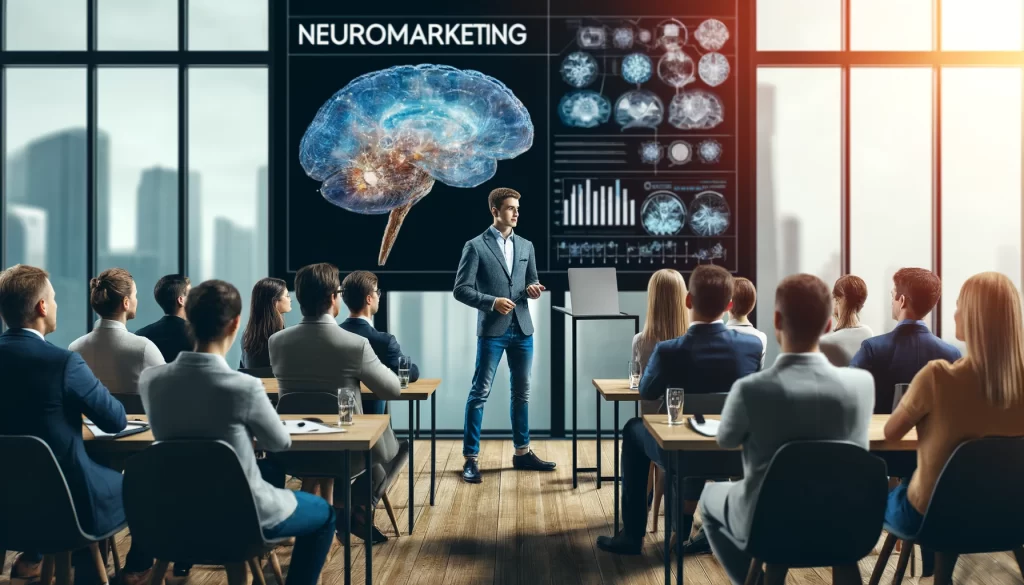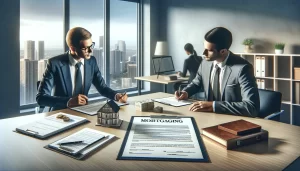Today, I want to share with you some of the most exciting technological innovations that are revolutionizing the field of neuromarketing. Let’s explore seven surprising advances that are transforming how companies understand and influence consumer behavior.
1. Eye-Tracking
Eye-tracking is one of the most impactful technologies in the field of neuromarketing. This technique tracks the eye movements of consumers to identify which visual elements attract their attention and for how long. The data obtained can reveal deep insights into consumer behavior and preferences, helping companies optimize product design, packaging, and advertising campaigns.
Practical Applications
Retail companies use eye-tracking to analyze consumer behavior in physical and online stores. By monitoring where consumers first look on a shelf full of products, companies can adjust item placement to maximize visibility and sales. In digital advertising, eye-tracking helps identify which parts of an ad are most attractive, allowing for adjustments to increase the effectiveness of visual communication.
Case Studies
A study conducted by a large supermarket chain used eye-tracking to understand customer behavior while browsing dairy shelves. It was found that consumers tended to look first at the center of the shelf. Based on this data, the company repositioned its most profitable products in that location, resulting in a significant increase in sales.
Sources:
- Brain Informatics: Technological advancements in Neuromarketing
- CRMPiperun: Neuromarketing
2. Electroencephalography (EEG)
Electroencephalography (EEG) is a technique that measures the brain’s electrical activity. In the context of neuromarketing, EEG is used to understand how consumers react to different marketing stimuli in real-time. This technology provides insights into consumer attention, emotion, and memory, allowing companies to adjust their strategies to maximize impact.
How It Works
Sensors are placed on the scalp of participants to record the brain’s electrical activity. These data are analyzed to identify response patterns to different stimuli, such as advertisements, product packaging, or shopping experiences. EEG is especially useful for measuring attention and engagement, two crucial metrics for successful marketing campaigns.
Practical Applications
Media companies use EEG to test the effectiveness of movie trailers and TV commercials. By measuring the brain activity of viewers, it is possible to identify which parts of the content are most engaging and emotional. With this data, producers can edit the material to maximize emotional impact and increase the chances of success.
Sources:















